How to Draft a Swim Skirt Pattern Sewing Tutorial

Many have asked, “how do you draft a swim skirt pattern?” And so I’ll respond. Consider the following:
A swim skirt is made from stretchy fabric and is therefore more fitted than other skirts (negative ease and a slight A-line)
A swim skirt is shorter than an average skirt–at least the skirts I wear 😉
A swim skirt offers a bit more modesty
Swim skirts are easy to sew and a simple one takes about an hour to sew up on average
Sewing swimsuits and skirts are some of the easiest projects and the fabric makes them so forgiving.
Definitely try sewing one and you’ll see it’s not so complicated as one might think.
In this tutorial, I will explain how to draft a simple swim skirt in 4 easy steps.
Simple Swim Skirt
Step 1:
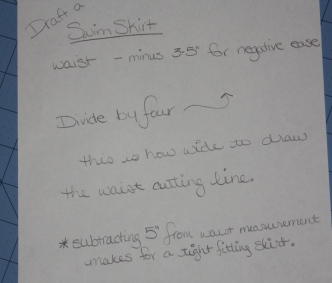
Measure your waist.
Subtract 3-5″ for negative ease. (For a looser fitting skirt, subtract less. If you want your skirt to fit pretty loose, then just subtract about 1″.) Subtracting 5″ from waist measurement makes for a very tight skirt, which I did not like so much. Update: I’ve made several skirts now, subtracting different amounts for each–It’s ideal to subtract between 1-3 inches from your waist measurement.
Divide that number by 4.
Draw a straight, horizontal line that long.
Step 2:
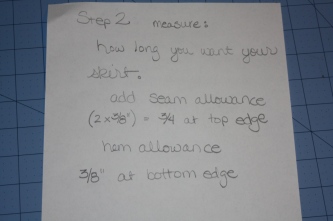
Measure how long you want the skirt to be.
Add 3/4″ at the top for adding elastic
Add 3/8″ for hem allowance at the bottom
Draw a straight line this length perpendicular to the first line you drew. This is the center front/back line and will be placed on the fold in your fabric.
Draw another line perpendicular to the center fold line. You can also use a french curve ruler for this part, to draw your bottom cutting line slightly curved or rounded. I am doing a lettuce edge finish, so I used a straight edge/clear ruler to draw my hem line.
Step 3:
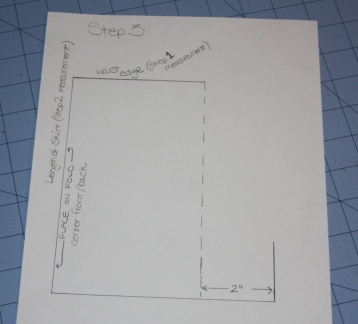
Add 2 inches along the side to make an A-line. Measure 2 inches out along bottom edge.
Step 4:
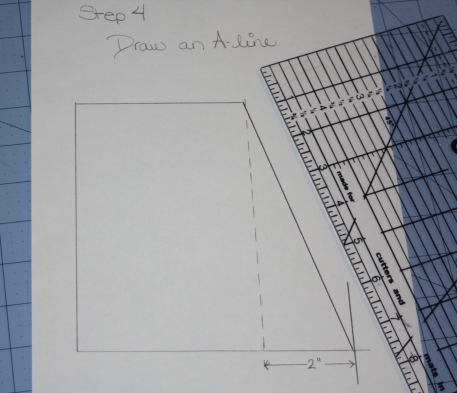
Use a clear ruler to draw the a-line.
Step 5:
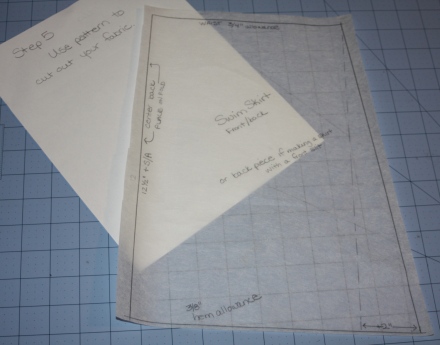
Use my swim skirt sew along to make this skirt. You can find it here.
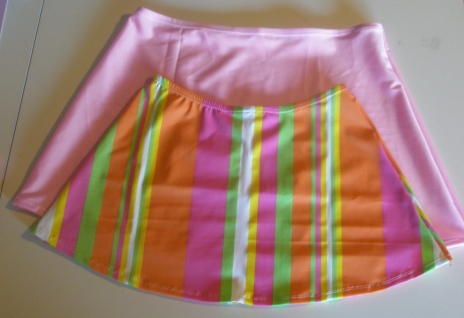
Other tips:
-
For the elastic, cut it about 1-2 inches less than the waist of the skirt. I use 3/8″ wide elastic.
-
If using a serger, use wooly nylon in loopers and regular serger thread in needle.
-
3 thread overlock stitch is best and offers the most stretch (if using a serger).
-
I try to make a trial run first with some less expensive fabric. This way I can see if I need to adjust things, without feeling like I’ve wasted my good fabric. Clearance fabric is great for first attempts.
UPDATE:
I’ve made a couple now, and I prefer the looser fitting style on me ( minus 1″ for negative ease in step 1). My daughter likes a closer fitting skirt (minus 4″ for negative ease in step 1).